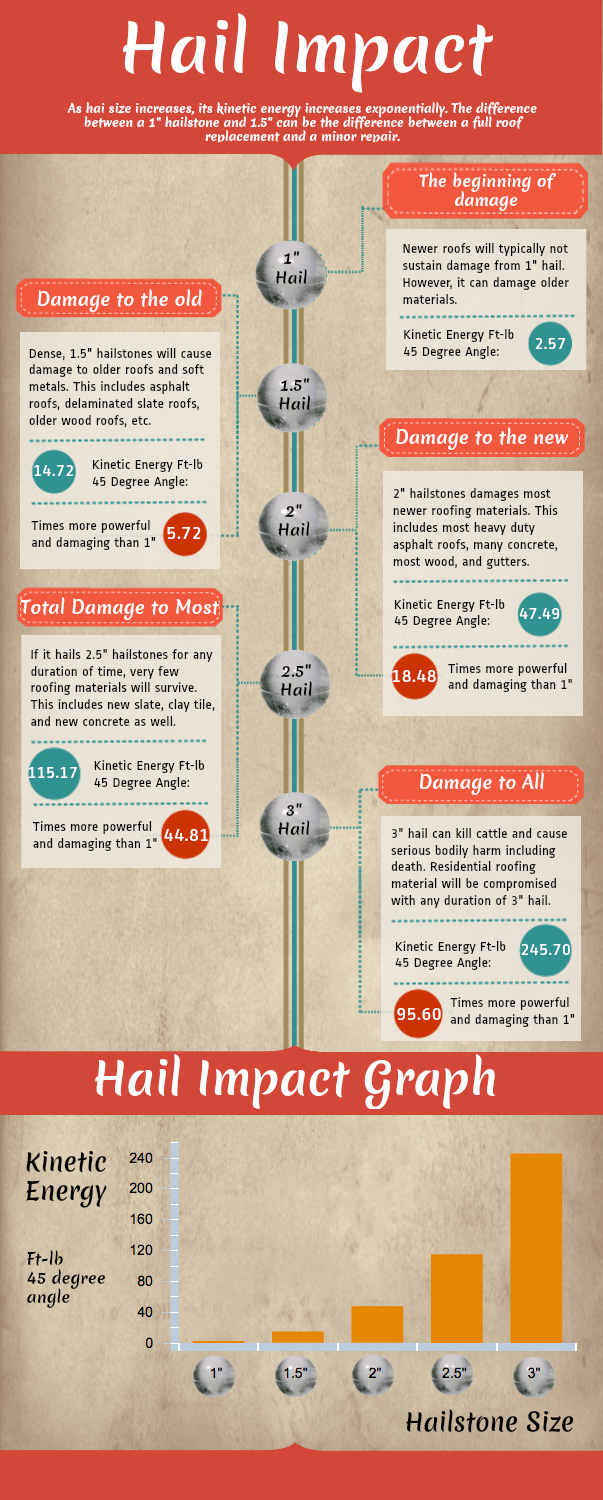Neglecting Roof Ventilation Can Cause Pricey Repairs; Reveal The Crucial Factors To Consider That Make Sure Efficient Installation And Maintain Your Financial Investment
Neglecting Roof Ventilation Can Cause Pricey Repairs; Reveal The Crucial Factors To Consider That Make Sure Efficient Installation And Maintain Your Financial Investment
Blog Article
roof replacement san antonio, tx skyroofingconstructiontx.com Develop By-Byrne copyright
When you're dealing with a roof covering job, you could not assume much about roofing ventilation, however it's more important than you understand. Efficient air flow helps control temperature and wetness in your attic, preventing problems like mold and architectural damages. By comprehending exactly how to design and install a balanced ventilation system, you can improve energy efficiency and prolong the life-span of your roofing materials. So, what are the key aspects to think about during setup that can make all the difference?
Importance of Roofing Air Flow
Roofing system air flow plays an essential role in preserving the total health of your home. By enabling fresh air to circulate with your attic room, it helps manage temperature and wetness degrees. This balance is essential to avoid warmth buildup throughout warm months, which can bring about enhanced power prices as your air conditioning burns the midnight oil.
In addition, appropriate air flow dramatically decreases the threat of moisture-related problems like mold and mildew and mold. If moisture degrees increase, your home's structural honesty can be jeopardized, leading to pricey repairs. You would not want to handle deteriorating wood or warped roof products, right?
Furthermore, sufficient ventilation prolongs the life-span of your roofing system. When heat and wetness are kept in check, your roofing system can do efficiently, preventing early deterioration. This implies fewer migraines and expenditures down the line.
Just How Roof Covering Ventilation Functions
Efficient roofing system air flow counts on the natural motion of air to develop a balance between consumption and exhaust. When you install vents, you're essentially permitting fresh air to enter your attic while making it possible for warm, stale air to leave. This procedure aids control temperature and dampness degrees, preventing issues like mold development and roof damage.
Consumption vents, generally discovered at the eaves, attract cool air from outside. Meanwhile, exhaust vents, situated near the ridge of the roof covering, allow hot air increase and exit. The distinction in temperature level develops a natural airflow, called the pile impact. As warm air rises, it creates a vacuum that draws in cooler air from the lower vents.
To maximize this system, you require to ensure that the intake and exhaust vents are appropriately sized and placed. If the intake is limited, you won't accomplish the wanted ventilation.
Furthermore, insufficient exhaust can catch heat and dampness, causing prospective damage.
Secret Setup Considerations
When installing roofing system air flow, several key factors to consider can make or break your system's efficiency. Initially, you need to evaluate your roof covering's style. The pitch, shape, and materials all influence airflow and ventilation choice. Ensure to select vents that fit your roof type and local environment problems.
Next off, consider the positioning of your vents. Preferably, you'll desire a balanced system with consumption and exhaust vents placed for optimum air flow. Location intake vents low on the roof and exhaust vents near the height to encourage an all-natural circulation of air. This arrangement helps avoid moisture buildup and advertises energy efficiency.
Do not ignore insulation. Appropriate insulation in your attic stops warmth from leaving and keeps your home comfy. Make sure that insulation doesn't obstruct your vents, as this can prevent air flow.
Last but not least, think of maintenance. Select ventilation systems that are very easy to gain access to for cleaning and examination. Regular upkeep ensures your system continues to operate successfully gradually.
Conclusion
Finally, roofing ventilation is important for an effective installment. By making sure appropriate air movement, you can protect against heat buildup and moisture concerns that bring about pricey damages. When you strategically placement intake and exhaust vents, you enhance energy efficiency and lengthen the life-span of your roof covering. Remember, linked internet site -ventilated roof covering not just protects your investment however also boosts your indoor air quality. So, focus on ventilation to make sure a resistant and affordable roofing system for your home.
